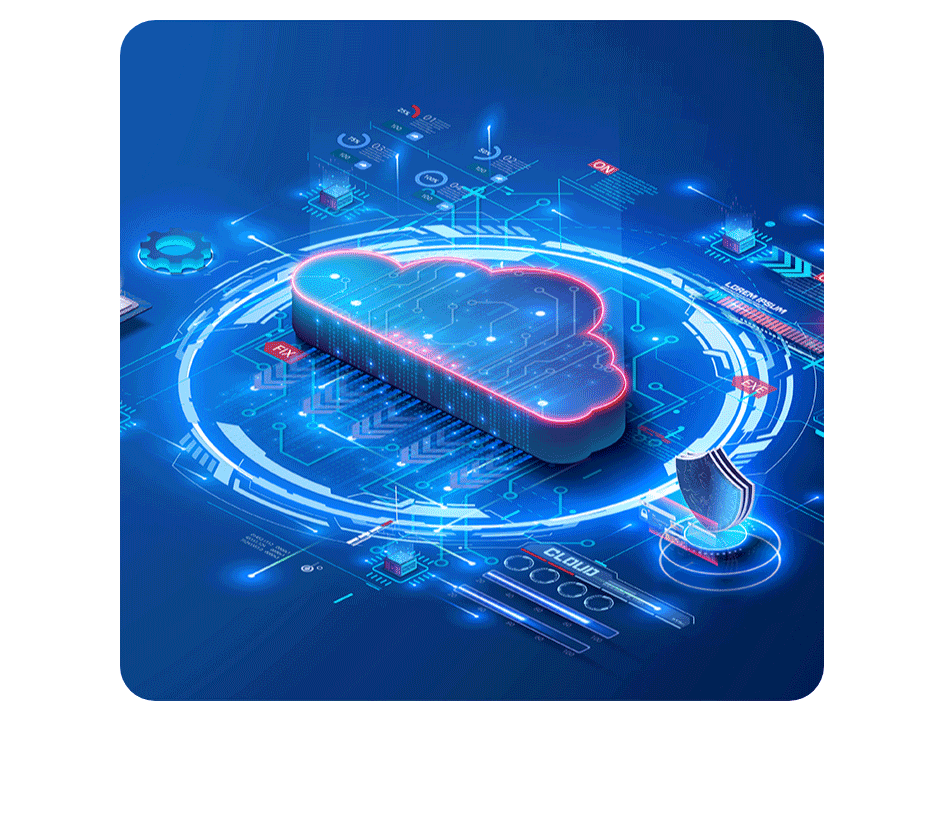Customer Migration Journey

The migration approach can include any of the 4 migration strategies defined in the 6 R’s: Re-host (Also known as “lift-and-shift”); Re-platform (sometimes referred to as “lift-tinker-and-shift”); Repurchase (replacing your current environment, casually referred to as “drop and shop”); Refactor (re-architect, usually by employing cloud-native features). Once a clear migration approach is defined to cloud computing from business case to strategy to change management to technology, the following will take place:
1. Build a solid foundation for your enterprise workloads on AWS by assessing and validating your application portfolio and integrating your unique IT environment with solutions based on AWS cloud services.
2. Design and optimize your business applications to be cloud-aware, taking direct advantage of the benefits of AWS services.
3. Meet your internal and external compliance requirements by developing and implementing automated security policies and controls based on proven, validated designs.
Early planning, communication, and buy-in are essential. Understanding the forcing function (time, cost, availability, etc.) is key and will be different for each organization. When defining the migration model, organizations must have a clear strategy, map out a realistic project timeline, and limit the number of variables and dependencies for transitioning on-premises applications to the cloud. Throughout the project, we will have regular meetings with key constituents to review progress and status of the migration project, while also setting realistic expectations about the availability time frame.
Many organizations are extending or moving their business applications to AWS to simplify infrastructure management, deploy quicker, provide greater availability, increase agility, allow for faster innovation, and lower cost. Having a clear understanding of existing infrastructure costs, the components of your migration bubble and their corresponding costs, and projected savings will help you calculate payback time and projected ROI.



